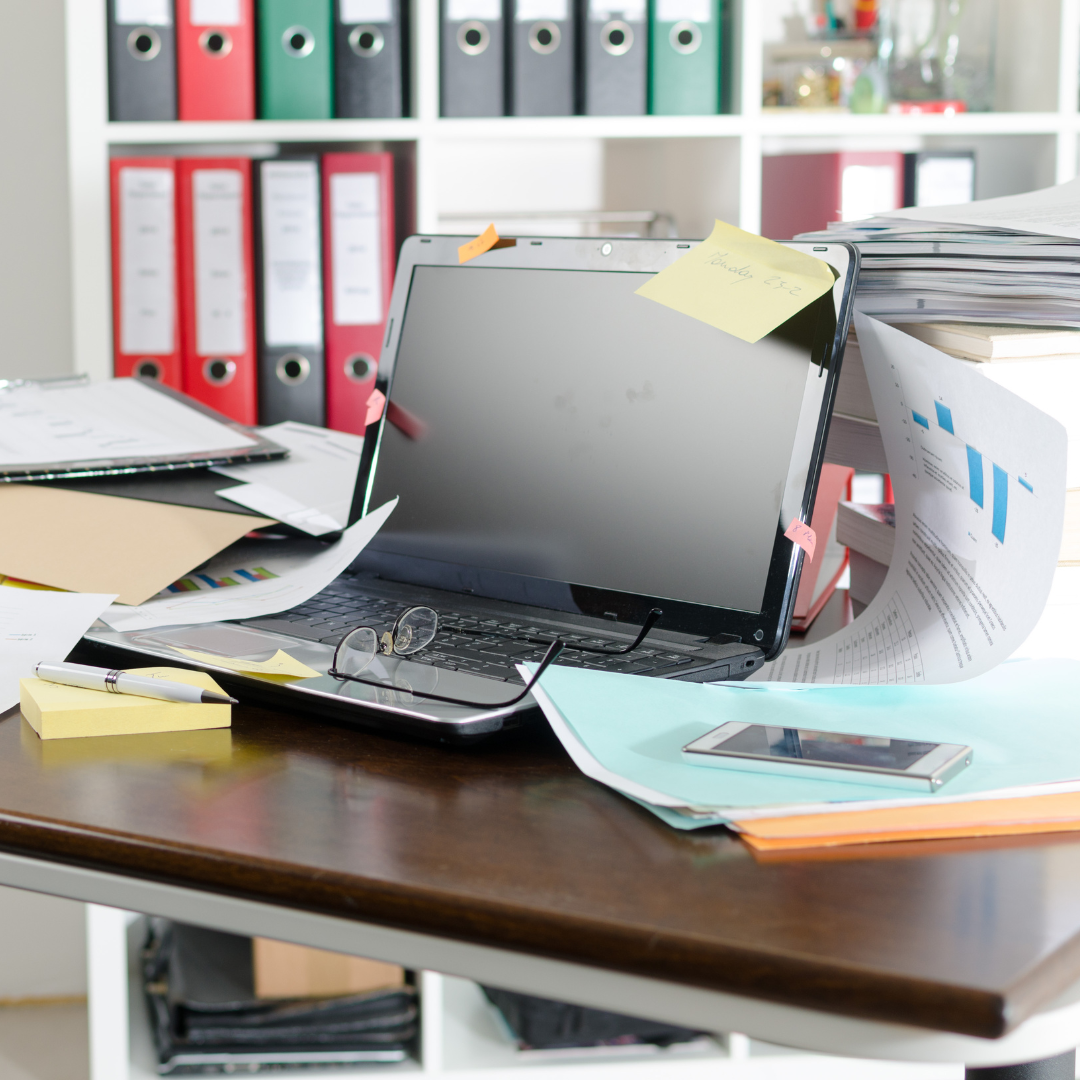
Lisa Hess explains why we need to examine whether the organizing tools we use are working with us or against us.
For years, I tried to make things like binders and file cabinets work for me, and they did—sort of. They were great containers for keeping the things they held organized. The trouble was, they ended up holding only a small portion of my papers. Somewhere between deciding a paper was worth saving and getting it into the binder or file cabinet, the system broke down.
Part of the issue was time, but a bigger part of the issue was that I didn’t like putting actionable papers out of sight. So, they sat on my desk, sometimes piled neatly, sometimes not. Before I knew it, they were clutter—no more accessible to me than they would have been between the covers of a binder or in the drawers of a file cabinet.
It took me a while to figure out that I needed a system that made it just as easy to put something where it belonged as it was to put it where it didn't. Even then, I didn’t really take control of my paper clutter until I stopped using the tools I was "supposed" to use and started using the ones that made more sense to my I need to see it personal style and my drop and run organizational style.
Any tool that was too much work or hid the papers that reminded me of the things I needed to do was the highway to clutter. Too much work to access the place where it belongs? Okay, I'll leave it out. Afraid I'll forget to do it if I put it away? Okay, I'll leave it out.

So often, we choose standard tools—things like binders and file cabinets—and assume they're the answer to our organizational struggles. We hope against hope that the container will do the job, but it never does. It's a container, after all—it just sits there unless we do something with it—it can't do the de-cluttering for us.
But the longer it sits there not working, the more it seems to taunt us, and the more hopeless we feel. By looking at what we do naturally, and taking that into consideration instead of allowing ourselves to be shamed by an inanimate object, we can choose tools that work with us instead of working against us—or not at all.
It's so much fun to be living in a time where so many organizational possibilities exist, whether in the form of containers that aren't our mothers' organizers or in beautiful pieces that we choose to use in unique ways. When a tool doesn't work for us, it provides us with an opportunity to be creative—to do things our way instead of the way it's always been done, and to make our spaces into havens that are, if not clutter-free, at least functionally organized, allowing us to quickly find what we need when we need and to enjoy the spaces in which we spend our time.
So, go ahead. Toss that useless inanimate object and replace it with something that matches your taste, your space, your personality, and your styles. Claim a container that you love, and then use it in a way that makes sense to you. The only rules you need to follow are the ones that align with your styles.
Copyright 2022 Lisa Hess
Images: Canva
About the Author

Lisa Hess
Transplanted Jersey girl Lisa Lawmaster Hess is the author of a blog compilation, three novels, and three non-fiction books, including the award-winning Know Thyself: The Imperfectionist’s Guide to Sorting Your Stuff. A retired elementary school counselor, Lisa is an adjunct professor of psychology at York College of Pennsylvania. She blogs at The Porch Swing Chronicles, Organizing by STYLE, and here at Catholicmom.com. Read all articles by Lisa Hess.


.png?width=1806&height=731&name=CatholicMom_hcfm_logo1_pos_871c_2728c%20(002).png)
Comments